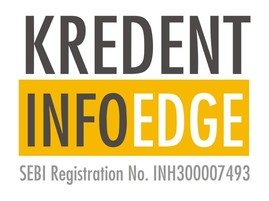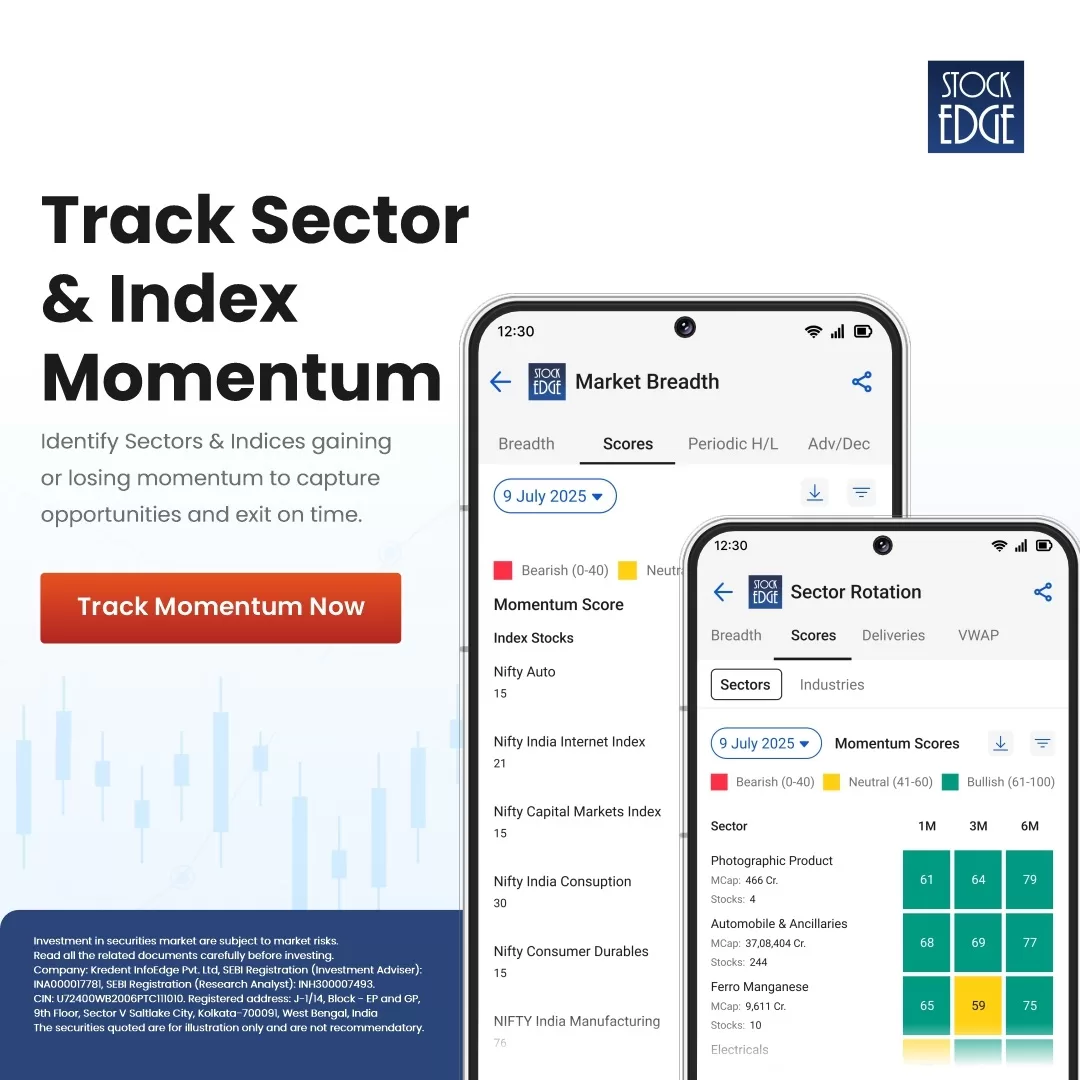Key Takeaways
- Corporate Bond Funds: Debt mutual funds investing at least 80% in AA+ or higher-rated corporate bonds, offering safety, capital preservation, and moderate returns.
- Benefits: High-rated investments, better returns than traditional debt instruments, good liquidity, and potential capital gains when interest rates fall.
- Recent Trends: Record ₹9.7 lakh crore issuances in FY25, strong AAA/AA+ credit profile, rising private placements, and RBI’s rate cuts boosting NAV growth potential.
- Things to Consider: Assess interest rate risk, credit quality, YTM, expense ratio, historical performance, and fund manager’s track record before investing.
- Top Picks of 2025:
- HDFC Corporate Bond Fund
- ICICI Prudential Corporate Bond Fund
- Aditya Birla Sun Life Corporate Bond Fund
Table of Contents
What are Corporate Bond Funds?
Corporate Bond Funds are a category of debt mutual funds that invest at least 80% of their corpus in corporate bonds rated AA+ or above. These bonds are issued by companies to raise capital and are considered relatively safe due to their high credit rating.
This fund category was established by SEBI to clarify and organize debt fund options. Unlike credit risk funds that invest in low-rated instruments, corporate bond funds focus on preserving capital while targeting moderate returns.
As of July 31, 2025, there are 21 open-ended Corporate Bond Funds. You can view the list of Corporate Bond Funds in StockEdge.
Benefits of Corporate Bond Funds
Corporate bond funds offer a compelling investment option for those seeking a balance between safety, stability, and return. Here are the key benefits
Investment in high-rated corporate bonds:
These funds invest at least 80% of their portfolio in bonds issued by corporations with good credit ratings, typically AA or above, ensuring relatively lower credit risk.
Liquidity
Unlike individual corporate bonds, these funds are an open-ended debt scheme predominantly investing in the highest-rated corporate bonds. So it generally offers good liquidity, allowing investors to buy or redeem units on any business day, though some may have exit loads.
Higher Returns Than Traditional Debt Instruments
Corporate bond funds generally offer better returns than traditional fixed income avenues like fixed deposits or liquid funds. Since these funds invest in high-rated corporate bonds, they fetch higher yields compared to government securities or bank FDs, especially when interest rates are favorable. For medium-term investors, this can lead to significantly better wealth accumulation.
Interest Rate Sensitivity
Like all debt funds, corporate bond funds are influenced by changes in interest rates. When rates fall, existing bonds with higher coupon rates become more attractive, leading to a rise in bond prices and fund NAVs. Conversely, when interest rates rise, bond prices fall, which can lead to temporary losses or lower returns. The duration of the fund determines its sensitivity to interest rate movements; funds with longer durations are more affected by rate changes.
Risk factors
Risks include interest rate risk (bond prices decline as interest rates rise), credit risk (the chance of default or downgrade), liquidity risk (difficulty selling bonds in certain market conditions), and market risk owing to economic factors.
These combined features make corporate bond funds a compelling option for investors seeking steady income, moderate risk, and potential for better returns than safer fixed income alternatives.
Recent Trends and Performance of Corporate Bond Funds in India
Record Issuances of Corporate Bonds
Corporate bond issuances in FY25 (up to February) stood at approximately ₹9.7 lakh crore, reflecting a 5% year-on-year growth. This increase was largely driven by Non-Banking Financial Companies (NBFCs), especially after the RBI raised risk weights on bank lending to NBFCs in 2023, prompting them to tap bond markets for capital. Though the RBI reversed this policy in early 2025, the trend toward bond issuance has remained strong.

High Credit Quality of Issuers
The credit profile of corporate bond issuers remains strong. In March 2025, approximately 79% of bonds issued were by entities rated in the AAA or AA category, highlighting a market preference for high-credit-quality borrowers. Only a small portion (less than 2%) of the market saw issuances from BBB or lower-rated entities.

Steady Growth in Corporate Bond Private Placements
Over the last ten years, private placement of corporate bonds in India has shown consistent annual growth, increasing from Rs 3.23 trillion in 2014 to Rs 8.38 trillion in 2024. This notable rise indicates a stronger dependence on the private placement market for corporate funding, fueled by regulatory backing, increased investor trust, and the evolving maturity of India’s financial markets.

Easing Monetary Policy by RBI
In February 2025, the Reserve Bank of India (RBI) initiated a rate-cut cycle by reducing the repo rate by 50 basis points. For investors in corporate bond funds, this is a positive development. When interest rates decline, the value of existing bonds with higher coupons tends to rise, especially those with longer durations. As a result, bond fund NAVs may appreciate, offering capital gains in addition to the regular interest income. Thus, falling rates improve the total return potential for investors in such funds.
Things to Consider Before Investing in Corporate Bond Funds
While corporate bond funds are generally considered stable and relatively safe among debt fund categories, they are not completely risk-free. It is essential for investors to evaluate certain factors before allocating money to these funds. Here’s what to keep in mind:
Interest Rate Risk
Corporate bond funds are vulnerable to changes in interest rates. When interest rates rise, the value of existing bonds (which offer lower yields) tends to fall, and this can negatively impact the Net Asset Value (NAV) of the fund. Therefore, if you’re investing in a rising interest rate environment, expect short-term volatility.
Credit Quality and Ratings of Underlying Bonds
Corporate bond funds are mandated to invest at least 80% of their portfolio in bonds rated AA+ and above. However, not all AA+ instruments carry the same risk profile.
- AAA-rated bonds are considered the safest, with the lowest default risk.
- AA+ rated bonds offer slightly higher yields but come with marginally higher credit risk.
Investors should track any credit rating downgrades and analyze the credit rating mix to determine the safety and risk appetite of the fund.
Yield to Maturity (YTM)
YTM represents the total return an investor can expect if the bonds in the portfolio are held until maturity. It helps estimate return potential based on the current portfolio. However, higher YTM might indicate that the fund is investing in lower-rated securities to chase returns, so always balance YTM with credit risk.
Expense Ratio
This is the annual fee charged by the fund for managing your money. Even a difference of 0.25%–0.50% in the expense ratio can significantly affect long-term returns. Choose funds with competitive expense ratios, especially when comparing funds offering similar risk-return profiles.
Historical Performance and Risk Metrics
Past returns offer insights into how the fund has managed credit risk, interest rate fluctuations, and market conditions over time. It also reflects the fund manager’s ability to generate consistent income and capital appreciation within the constraints of the fund’s investment strategy. Also, review risk-adjusted return metrics like the Sharpe Ratio and the Standard Deviation. This offers a holistic view of how the fund behaves across market cycles.
Fund Manager’s Track Record
An experienced and stable fund management team plays a critical role in navigating credit events, interest rate cycles, and liquidity issues. Check the background, experience, and tenure of the fund manager. A long-standing fund manager with consistent performance builds confidence.
Taxation Rules of Corporate Bond Funds
Effective from 1st April 2023, the taxation framework for corporate bond funds has undergone a significant change following the amendments introduced in Budget 2023. For investments made on or after 1st April 2023, any gains arising from the transfer, redemption, or maturity of units of debt mutual funds, including corporate bond funds, are treated as short-term capital gains, irrespective of the holding period. These gains are taxed as per the investor’s applicable income tax slab, and indexation benefits are no longer available, since such funds are not classified as long-term capital assets under the revised rules.
However, for investments made before 1st April 2023, the previous tax treatment continues to apply:
- If the holding period exceeds 24 months, the gains are treated as long-term capital gains (LTCG) and taxed at 12.5% without indexation.
- If the holding period is 24 months or less, the gains are considered short-term capital gains (STCG) and taxed at the investor’s applicable income tax slab rate.
This can be summarised as follows:
| Types of Mutual Funds | Holding Period (STCG) | Holding Period (LTCG) | Tax Rate (STCG) | Tax Rate (LTCG) |
| Debt-oriented Funds & ETFs (purchased before April 1, 2023) | Less than 24 months | More than 24 months | Income Tax Slab rate | 12.50% w/o Indexation |
| Debt-oriented Funds & ETFs (purchased after April 1, 2023) | Always short-term | Always short-term | Income Tax Slab rate | Income Tax Slab rate |
Top Corporate Bond Funds of 2025
HDFC Corporate Bond Fund
Why Choose This Fund?
The HDFC Corporate Bond Fund primarily invests in AA+ and above-rated corporate bonds, aiming for capital appreciation while maintaining moderate risk. It has delivered historical returns of about 7.9% over three years, and 6.5% over five years.
AUM: ₹35,968.16 crore
Expense Ratio: 0.61%
Fund Manager: Anupam Joshi
ICICI Prudential Corporate Bond Fund
Why Choose This Fund?
The ICICI Prudential Corporate Bond Fund focuses on investing in high-quality AAA-rated corporate bonds, offering a conservative risk profile that appeals to risk-averse investors. The fund has consistently generated strong returns, with an annualized return of about 8.1% over 3-years and 6.5% over 5-years.
AUM: ₹33,573.85 crore
Expense Ratio: 0.57%
Fund Manager: Manish Banthia and Ritesh Lunawat
Aditya Birla Sun Life Corporate Bond Fund
Why Choose This Fund?
Aditya Birla Sun Life Corporate Bond Fund is a debt mutual fund scheme that invests largely in high-quality corporate bonds with strong credit ratings, with the aim of providing consistent returns while posing a low credit risk. The fund’s portfolio consists mostly of AAA-rated securities issued by financially sound firms, public-sector operations, and government-backed organizations. The fund has continuously generated high returns, with annualized returns of approximately 7.9% over three years and 6.5% over five years.
AUM: ₹28,596.86 crore
Expense Ratio: 0.51%
Fund Manager: Kaustubh Gupta
Conclusion
Corporate Bond Funds offer a balanced investment option for those seeking stable returns with moderate risk. By investing primarily in high-rated corporate bonds, they provide better yields than traditional fixed-income options. However, factors like interest rate movements, credit quality, and expense ratios must be considered. Ideal for medium-term investors, these funds can be a reliable part of a diversified portfolio.
Frequently Asked Questions (FAQs)
Are Corporate Bond Funds a good investment?
Corporate Bond Funds are generally considered a good investment for individuals seeking stable returns with relatively low risk. They are particularly suitable for those who want to earn more than what fixed deposits offer, without taking on the high volatility associated with equity markets. If held over a medium-term horizon of two to five years, these funds can deliver predictable income, making them ideal for conservative or moderately risk-tolerant investors.
Why do companies issue Corporate Bonds?
Companies issue corporate bonds to raise funds for various purposes, such as business expansion, infrastructure development, working capital, and debt refinancing. Bonds allow businesses to obtain capital at a fixed interest rate without diminishing ownership or equity. This type of financing can be more cost-effective and flexible than typical bank loans, particularly for enterprises with a good credit rating.
What are the limitations of Corporate Bond Funds?
Corporate bond funds are safer than many other types of debt, but they are not entirely risk-free. Their returns are influenced by interest rate movements rising interest rates can lead to short-term declines in NAV. Moreover, though these funds invest in high-rated bonds, there remains a small risk of credit downgrades or defaults.











